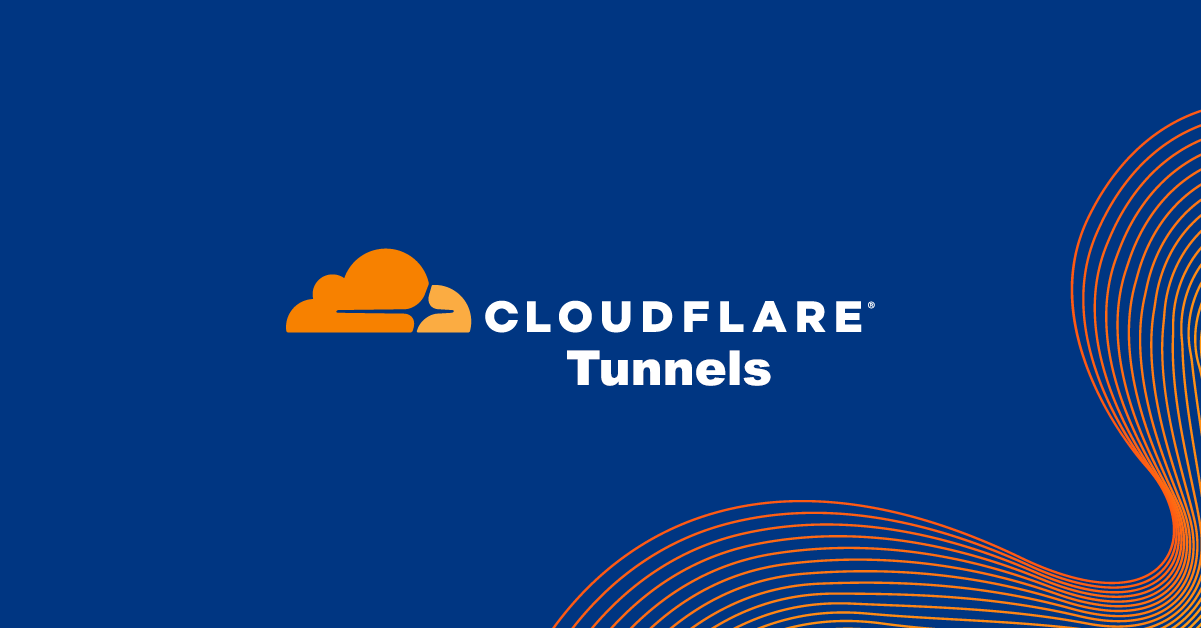Cloudflare Tunnels

“Why I appreciate Cloudflare Tunnels and incorporate them into my daily routine. Setting up a free Cloudflare account is a straightforward process, and you can easily add any of your domains by designating Cloudflare as your DNS provider. Once your domain is on Cloudflare, you have the option to configure tunnels for directing traffic to your servers.
My preferred use of tunnels involves establishing a secure connection to my home server through a public URL. For instance, I own the domain myhomeserver.com. Whenever I create a new tunnel, I assign it a subdomain like plex.myhomeserver.com, allowing me to access my home Plex server through this public URL. One remarkable feature of Cloudflare is its automatic application of SSL to these domains, enhancing the overall security of the connections.”
“Recently, I’ve delved deep into Docker containers, opting to host tools on my local servers instead of relying on cloud services. I dislike entrusting third parties with my data consistently. Cloudflare Tunnels have proven invaluable in facilitating this transition, effortlessly bringing public URLs to my Docker containers and servers at home. If you’re interested in learning more about my Docker setups, please feel free to comment below this post.”
Cloudflare Tunnel, formerly known as “Argo Tunnel,” is part of Cloudflare’s suite of services designed to enhance the security, performance, and reliability of websites and applications. The primary purpose of Cloudflare Tunnel is to securely connect your infrastructure, such as your web server, to Cloudflare’s global network.
Here are the key components and features associated with Cloudflare Tunnels:
- Secure Connection:
- Cloudflare Tunnel provides a secure and encrypted connection between your origin server and Cloudflare’s edge servers. This helps protect your data from eavesdropping and interception while in transit over the internet.
- Origin Cloaking:
- By using Cloudflare Tunnel, you can hide the actual IP address of your origin server from direct exposure to the internet. Instead, traffic is routed through Cloudflare’s network, helping to protect your server from direct attacks.
- Global CDN (Content Delivery Network):
- Cloudflare operates a global network of servers that act as a CDN. When you use Cloudflare Tunnel, your content is cached and distributed across these servers, resulting in faster load times for your users worldwide.
- DDoS Protection:
- Cloudflare Tunnel includes DDoS (Distributed Denial of Service) protection, which helps mitigate and absorb malicious traffic, preventing it from reaching your origin server.
- Load Balancing:
- Cloudflare provides load balancing services, distributing incoming traffic across multiple servers to ensure optimal performance and availability.
- Traffic Routing:
- Cloudflare Tunnel allows for intelligent traffic routing, enabling you to set rules and policies to control how traffic is handled based on various parameters, such as geography or the type of content.
“To use Cloudflare Tunnel, you generally need to install a lightweight software agent on your origin server. This agent establishes a secure connection to Cloudflare, and traffic is subsequently routed through the Cloudflare network. There are various methods to install these agents, and personally, I have mine running in a Docker container. Windows, Mac, Debian, and Red Hat are all supported operating systems.
Cloudflare Tunnels stand out as one of the most effective ways to expose your local server to the internet in a safe and secure manner.”


One Response
This was a good read, thanks for the tip!